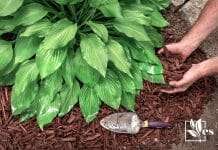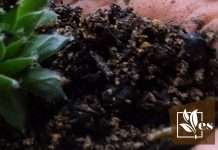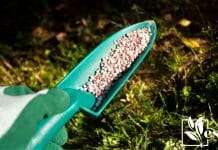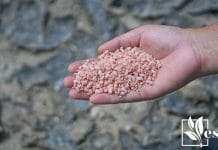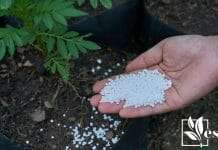- Do Deer Eat Sunflowers: Protecting Your Garden Blooms from Wildlife - March 27, 2024
- How Often to Water Cucumber Plants: Essential Watering Frequency Guide - March 26, 2024
- How Often Do Strawberries Need to Be Watered: Essential Irrigation Tips - March 26, 2024
Chrysanthemums, commonly known as mums, are a vibrant hallmark of fall, blooming abundantly in gardens and on doorsteps. As a passionate gardener, I’ve discovered that keeping these perennials thriving requires some know-how, ensuring they grace the landscape with their colorful presence each season. Their vivid hues and robust blooms are not just a matter of chance, but the result of dedicated cultivation and care.
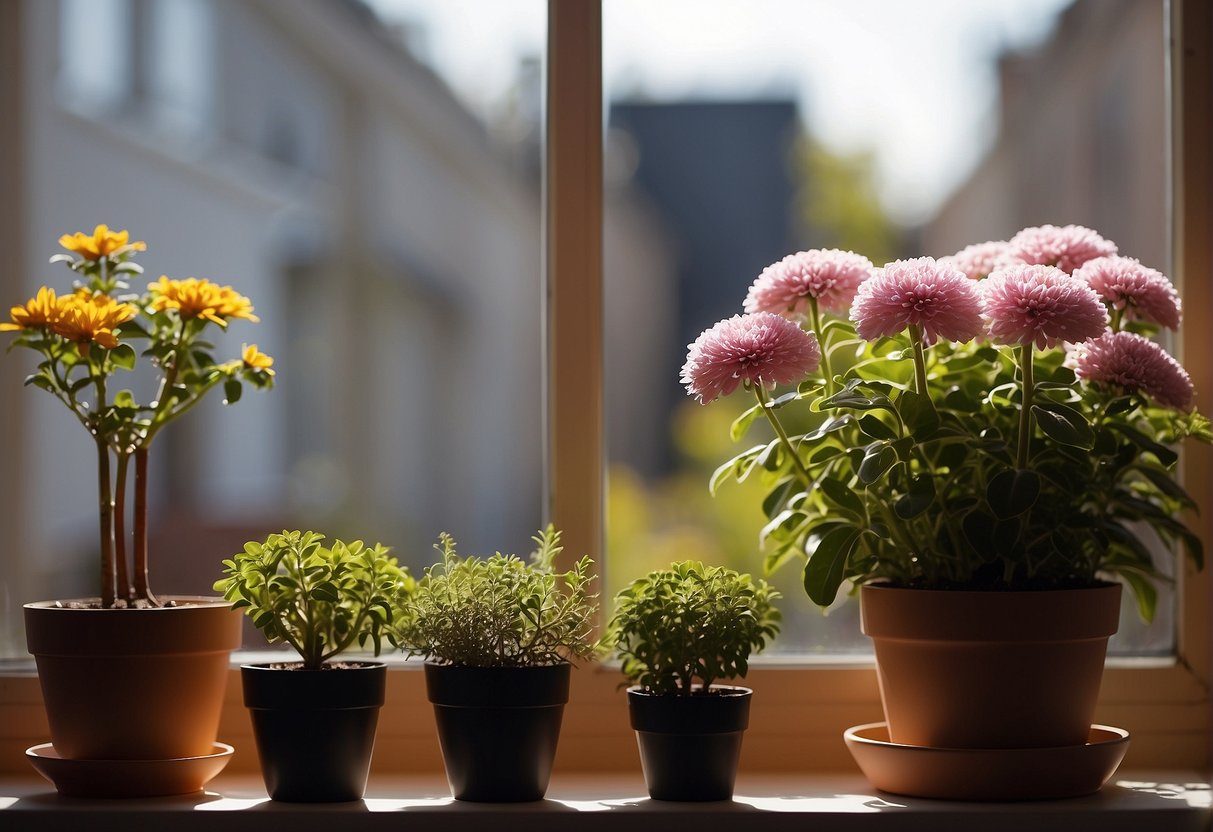
In my experience, successful growth starts with the right location and soil. I always plant mums where they can bask in full sunlight, which stimulates optimal flowering. The soil is equally crucial; a well-draining loam enriched with organic matter provides a nurturing bed for these flowers. I’ve learned that although mums are hardy, they can’t tolerate waterlogged roots, making proper soil preparation integral.
Routine maintenance is vital to extend the blooming period and preserve the health of mums. Regular watering keeps them hydrated without causing root rot—a balance I achieve by observing the soil’s moisture level. Deadheading, or removing faded flowers, encourages further blooming, while pinching back the stems in early spring supports bushier growth and more plentiful blooms. Each step in care is a step towards months of vivid color and joy in my garden.
JUMP TO TOPIC
Cultivating Chrysanthemums in Your Garden
Chrysanthemums, or mums, are versatile flowering plants that add vibrant color to a fall garden. In my experience, with the right selection, planting approach, watering regimen, and attention to sunlight and drainage, you can enjoy these delightful blooms long into the season.
Choosing the Right Mums
When selecting garden mums, it’s important to differentiate between the hardy types intended for perennial growth in gardens and the more delicate annual varieties found in many stores. I look for chrysanthemums branded as “garden mums,” as they’re bred for cold hardiness and can be expected to return each year with proper care.
Planting and Propagation
Planting mums should be done in the spring or early summer to allow the roots enough time to establish before winter. I always ensure I’m using well-drained soil enhanced with compost, which promotes healthy growth. For propagation, dividing the mums every few years in early spring helps maintain vitality and encourages more blooms.
Optimizing Watering Practices
Mums require consistent moisture, but overwatering can be detrimental. I adopt the practice of checking the soil moisture daily—when the top inch feels dry, it’s time to water. This maintains the right balance, keeping the mums hydrated without waterlogging the roots. It’s even more crucial for potted mums, as their soil tends to dry out faster.
Ensuring Proper Sunlight and Drainage
Full sun is key for mums to flourish—ideally six hours daily. I have found that planting mums in a spot with adequate morning sunlight and some afternoon shade yields the best results. Drainage is equally important; a location that ensures water doesn’t pool around the roots will prevent rot and other moisture-related issues.
To encourage a bushier growth and more blooms, pinch back the tips of your mums’ stems in the early growing season.
Ensuring your mums thrive all year round involves seasonal care, including proper sunlight, watering, and fertilizing, as well as strategic deadheading and winter protection.
Maintaining Mums Through the Seasons
Spring Care and Growth
In spring, I make sure to cut back old stems and leaves to stimulate new growth. Post spring frost, mums benefit from gradual reacclimatization to outdoor conditions if they were overwintered indoors.
Summer Upkeep
Throughout summer, regular watering while avoiding overwatering is crucial. I make sure the garden bed allows for proper drainage. Monthly fertilization helps my mums grow healthy and robust.
Autumn Blooms and Preparation
As fall approaches, I deadhead spent blooms to encourage continued flowering and vibrant fall color. Before the first fall frost, I stop fertilizing to prepare them for dormancy.
Winterizing and Overwintering
When winterizing my mums, I leave the foliage intact and apply a thick layer of mulch to protect the root ball. If potted, I move them to an area that stays between 32ºF to 50ºF and isolated from light to maintain dormancy.
Dealing with Pests and Diseases
Ensuring the health of mums means being vigilant about pests and diseases. I’ll outline how to identify common problems, share preventive techniques, and guide you through treatment options.
Identifying Common Threats
The first step in protecting mums is identifying potential threats. Common pests include aphids and mites, which can be recognized by their damage to flower buds and foliage. Diseases often present as unusual spotting or discoloration on leaves.
- Aphids: Look for sticky residue on leaves and stunted growth.
- Mites: Watch for fine webbing and yellowed leaves.
Common Diseases:
- Fungal infections: Check for white, powdery mildew or dark, rotted areas.
- Bacterial infections: Be alert for blackened stems or slimy foliage.
Preventative Care Techniques
Effective prevention can ensure your mums stay vibrant and healthy. Starting with disease-resistant varieties and proper spacing for airflow are critical. Keep the surrounding area weed-free and ensure tools are sterilized to prevent disease spread.
- Choose resistant varieties and provide good air circulation.
- Maintain cleanliness in and around your garden.
Treatment and Recovery
When pests or diseases strike, it’s essential to act swiftly. Remove affected parts of the plant immediately. Use appropriate fungicides, bactericides, or insecticidal soaps, being mindful of their environmental impact.
- For mild fungal infections, trim away affected areas and apply fungicide.
- For pests, introduce beneficial insects like ladybugs, or apply insecticidal soap.
Decorative Uses of Mums
Chrysanthemums, or mums, are a staple for vibrant fall displays. Their prolific blooming and variety of colors make them ideal for adding warmth to any setting. I find their versatility key for both simple home arrangements and elaborate event decor.
Display Ideas for Home and Events
💥 Color Coordination
When arranging mums, I focus on color coordination to enhance their visual impact. The warm spectrum of yellow, bronze, and orange mums can be placed together to create a gradient effect, while mixing in reds and purples provides a dynamic contrast that pops against the more subdued fall colors. The variety of cultivars with pompon or spider blooms add a touch of sophistication to any setup.
Mums aren’t just for the gardens; they brighten porches and patios too. A thoughtfully placed group of containers can transform these outdoor spaces into inviting areas. I recommend placing pots at varying heights to add depth and dimension. Floral mums in hanging baskets also bring eye-level color, drawing the eye upward and taking advantage of vertical space.
When it comes to events, this flower’s versatility shines. A well-designed tablescape featuring colorful mums can create an atmosphere that feels both welcoming and elegant. I’ve used mums for centerpieces, place settings, and even as part of the live decor—lining walkways or adorning stages. Their robust, colorful flowers can withstand the duration of events without wilting, which is essential for maintaining the decor’s appeal.


